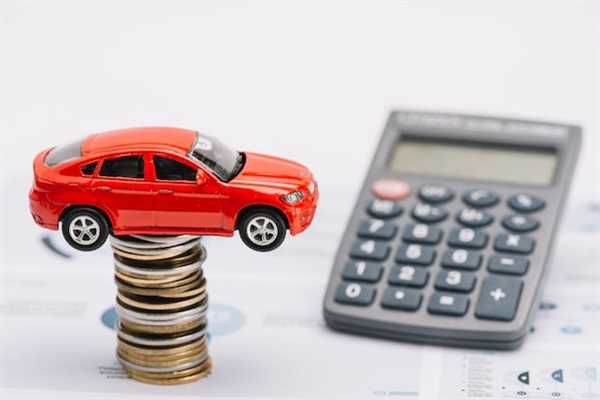
To maximize value while acquiring a pre-owned vehicle, consider establishing a clear budget beforehand. This ensures that you remain focused on options that align with your financial capacity. Always account for additional expenses such as taxes, registration, and insurance, which can significantly affect the final cost.
Effective negotiation begins with thorough research. Identify the market value of the desired model using online resources and local sales data. This knowledge empowers you during price discussions, enabling you to make informed offers that reflect a fair purchasing price.
A smart approach involves meticulous inspection of the vehicle. Prior to committing to a purchase, examine the car’s history report and assess its overall condition. Don’t hesitate to bring along a trusted mechanic who can provide insights into potential issues and future maintenance needs.
Consider exploring various purchasing avenues. Dealerships often present certified pre-owned options with warranties, while private sales can yield lower prices. Weigh the pros and cons of each path to determine which aligns best with your preferences and requirements.
Lastly, don’t rush the process. Take your time to evaluate different choices and revisit potential options that may arise over time. Patience can lead to superior decisions and help secure a deal that feels rewarding and worthwhile.
Understanding the True Value of Used Cars with Ryan Knipp

To assess the true worth of a pre-owned vehicle, focus on these key aspects:
- Market Research: Investigate local listings and online platforms to gauge fair pricing trends.
- Vehicle History: Obtain reports detailing previous accidents, service records, and ownership transfers.
- Condition Assessment: Thoroughly inspect the car’s exterior, interior, and mechanical components. Test drive to evaluate performance.
- Negotiation Skills: Be prepared to negotiate based on your research findings. Leverage any flaws or necessary repairs as bargaining chips.
- Ownership Costs: Consider insurance rates, fuel efficiency, and maintenance expenses to understand long-term financial implications.
Implement these tips to make informed decisions and secure the best deals in the used automobile market.
Negotiation Tactics for Securing the Best Deal
First, research the market value of the vehicle you’re interested in. Online resources provide current pricing information, which gives you leverage during discussions. Always aim to show your findings to the seller.
Next, set your budget and stick to it. Decide the highest price you’re willing to pay and do not exceed it, even if pressured. This discipline can deter impulse decisions.
Consider timing. Visit dealerships at the end of the month or during holiday sales when salespeople may be more eager to meet quotas and offer better deals.
Be prepared to walk away. If the price doesn’t meet your expectations, leaving can often prompt a more favorable offer, as it signals to the seller you are serious about your terms.
Negotiate based on facts, not emotions. Keep the conversation focused on the car’s condition, mileage, and market trends. This logical approach diminishes emotional manipulation from the other side.
Finally, discuss trade-ins separately. Focus on the purchase before negotiating your previous vehicle’s value. This separation can prevent confusion and enhance your bargaining position.
Essential Inspection Steps Before Finalizing Your Purchase

Check the vehicle history report using services like Carfax. This report reveals previous accidents, title issues, and service records. Make sure the history aligns with the seller’s claims.
Inspect the exterior for rust, scratches, and dents. Pay close attention to the gaps between body panels; uneven gaps may indicate past repairs.
Examine the interior for any signs of wear and tear. Test all controls, including lights, windows, and air conditioning, ensuring everything operates smoothly.
Look under the hood. Check fluid levels, belts, and hoses. A well-maintained engine shows signs of regular service.
Take the car for a test drive. Evaluate its performance, including acceleration, braking, and steering. Listen for strange noises that might indicate mechanical issues.
Consider hiring a professional mechanic for a detailed inspection. They can identify hidden problems that may not be evident during a casual review.
Review the tires for even wear and adequate tread depth. Uneven wear could suggest alignment problems.
Check all paperwork. Confirm that the Vehicle Identification Number (VIN) on the car matches the documents. Make sure there are no outstanding liens against the vehicle.
Assess the price against similar models in the market. Research to ensure you are getting a fair deal based on condition and mileage.



